Originally built during the Ly Dynasty, the pagoda was initially called "Than Quang Tu" and was dedicated to both Buddha and Saint Nguyen Minh Khong. The original wooden structure gradually deteriorated over time due to weathering and age.
In 1902, the first abbot, Pham Quang Tuyen, took charge of the temple and oversaw its renovation and reconstruction, introducing an innovative architectural style that combined traditional Buddhist elements with Gothic-inspired designs.
A blend of Eastern and Western architectural styles
Co Le Pagoda is a sprawling complex featuring several distinct structures aligned along an East-West axis, including:
The main gate
The Nine-story Lotus Tower
The arched bridge
The three-entrance gate (Tam Quan)
The Buddhist assembly hall
The temple of Tran Hung Dao (Linh Quang Tu)
The Mother Goddess shrine (Phu Mau)
The main pagoda
The bell tower
According to Nam Dinh’s official portal, Co Le Pagoda has one of the most distinctive designs in Vietnam, merging Eastern and Western influences. While it follows the traditional "Tien Phat, Hau Thanh" layout (Buddha in the front, Saints in the back), the temple also features vaulted ceilings and colorful frescoed walls reminiscent of Catholic cathedrals.
This Gothic influence is further emphasized by Vietnamese-inspired decorative motifs, carvings, and reliefs adorning the arched ceilings and walls.
The Nine-story Lotus Tower: A towering Buddhist symbol
One of the most striking features of Co Le Pagoda is the Nine-story Lotus Tower, which stands 32 meters tall. The pagoda is built with nine stacked lotus petals, symbolizing the nine celestial realms in Buddhist cosmology.
A spiral staircase with 98 steps leads to the top of the tower, offering panoramic views of the pagoda grounds and surrounding countryside.
Despite being constructed over a century ago, legend has it that only traditional materials such as lime, bricks, sand, molasses, and salt were used - completely avoiding modern materials like cement and steel.
Vietnam’s legendary giant bronze bell
Beyond its extraordinary architecture, Co Le Pagoda is also home to one of the largest ancient bronze bells in Vietnam - the Dai Hong Chung.
According to historical records, the bell was cast in 1936, and in an act of devotion and reverence, many Buddhist followers donated gold jewelry, including rings and bracelets, which were melted into the bell during its creation.
The bell stands 4.2 meters tall, has a diameter of 2.2 meters, and features an 8-centimeter-thick bronze shell. However, despite its size and sacred significance, the bell has never been rung.
A bell submerged to protect it from war
Shortly after the bell was cast, Vietnam’s resistance war broke out. Fearing it would be destroyed by invaders, locals submerged the bell in a lake near the pagoda for safekeeping.
It was not until 1954, after the war had ended, that the bell was retrieved and placed on a stone pedestal, where it remains today as a symbol of resilience and history.
Due to its unique architectural and cultural significance, Co Le Pagoda was officially recognized as a National Architectural Heritage Site by the Ministry of Culture, Sports, and Tourism in 1988.
Annual festival and spiritual traditions
Every year, Co Le Pagoda Festival is held from the 13th to the 16th day of the ninth lunar month to commemorate Saint Nguyen Minh Khong.
During the festival, visitors can participate in:
Buddhist ceremonies and processions
Traditional spiritual performances
Cultural and folk games
Dragon boat racing on the river surrounding the pagoda
In 2023, the Co Le Pagoda Festival was officially recognized as a National Intangible Cultural Heritage.
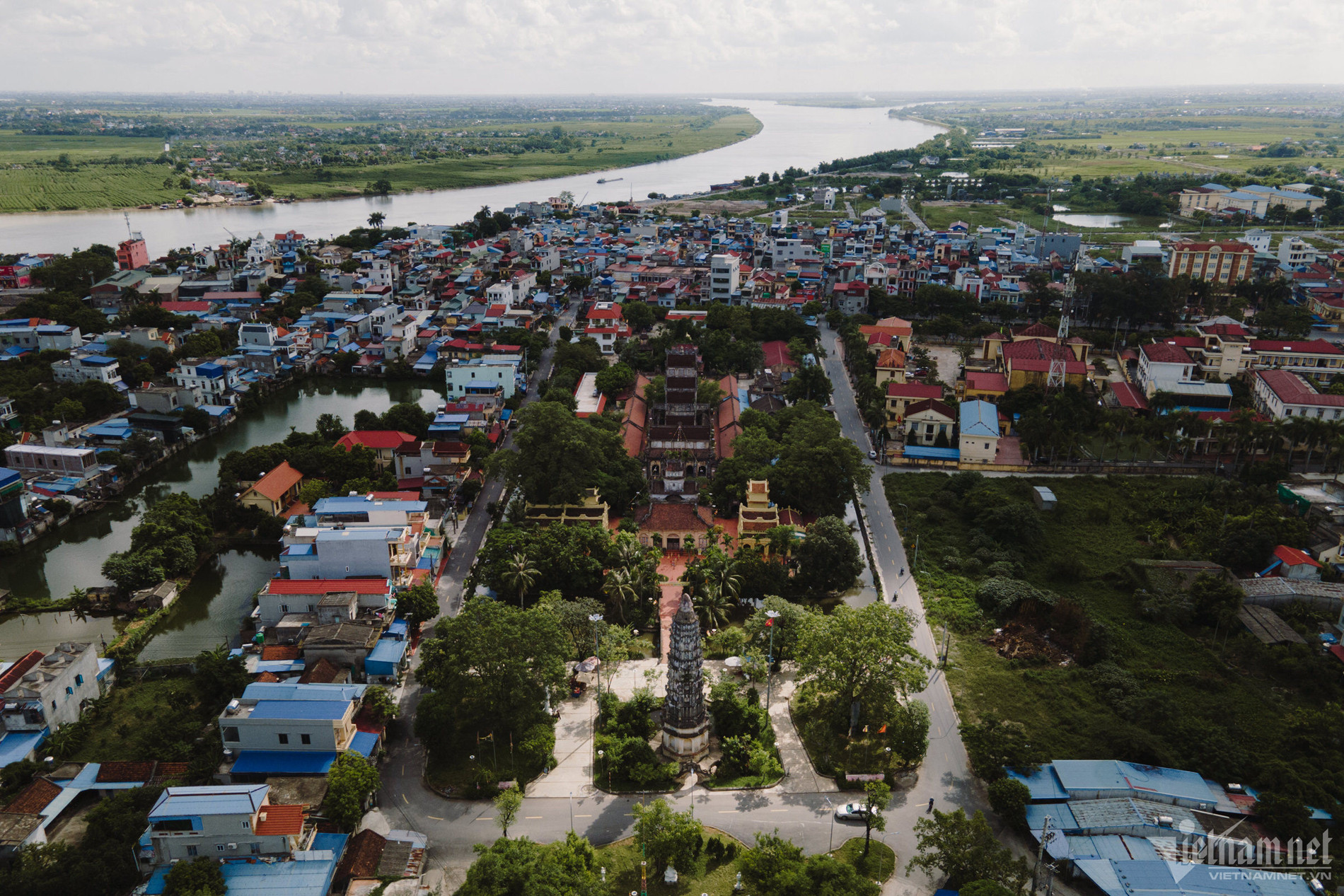
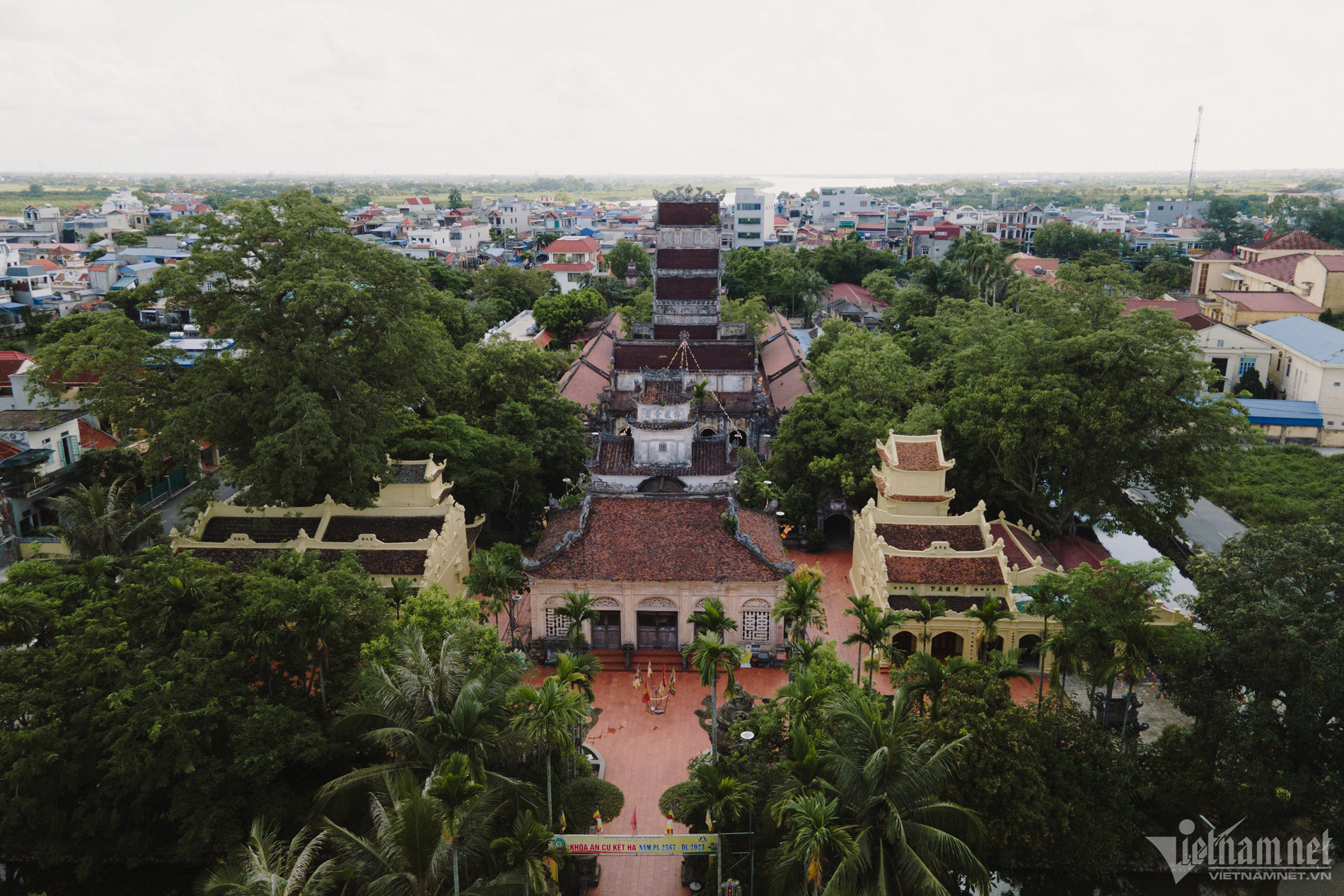
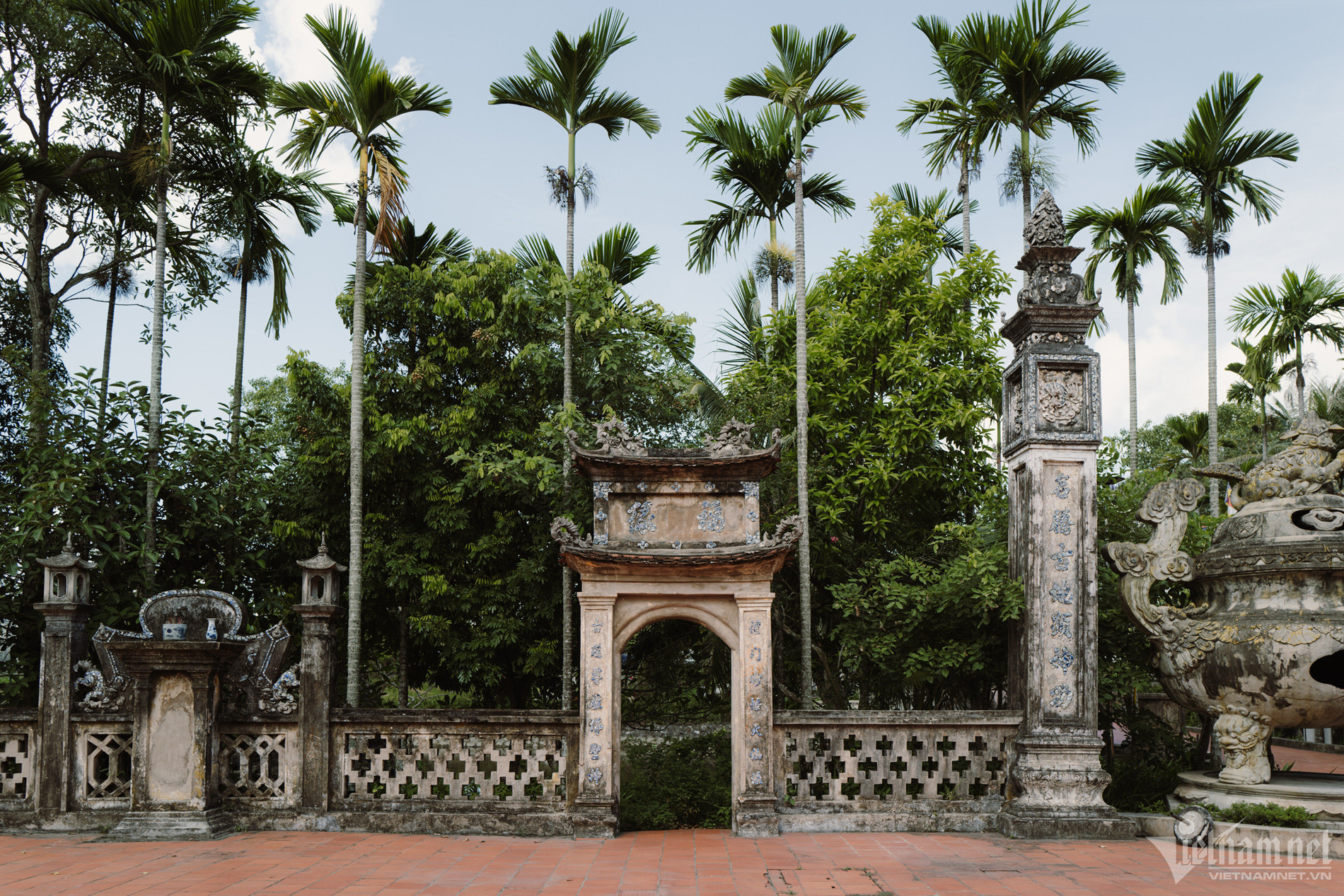
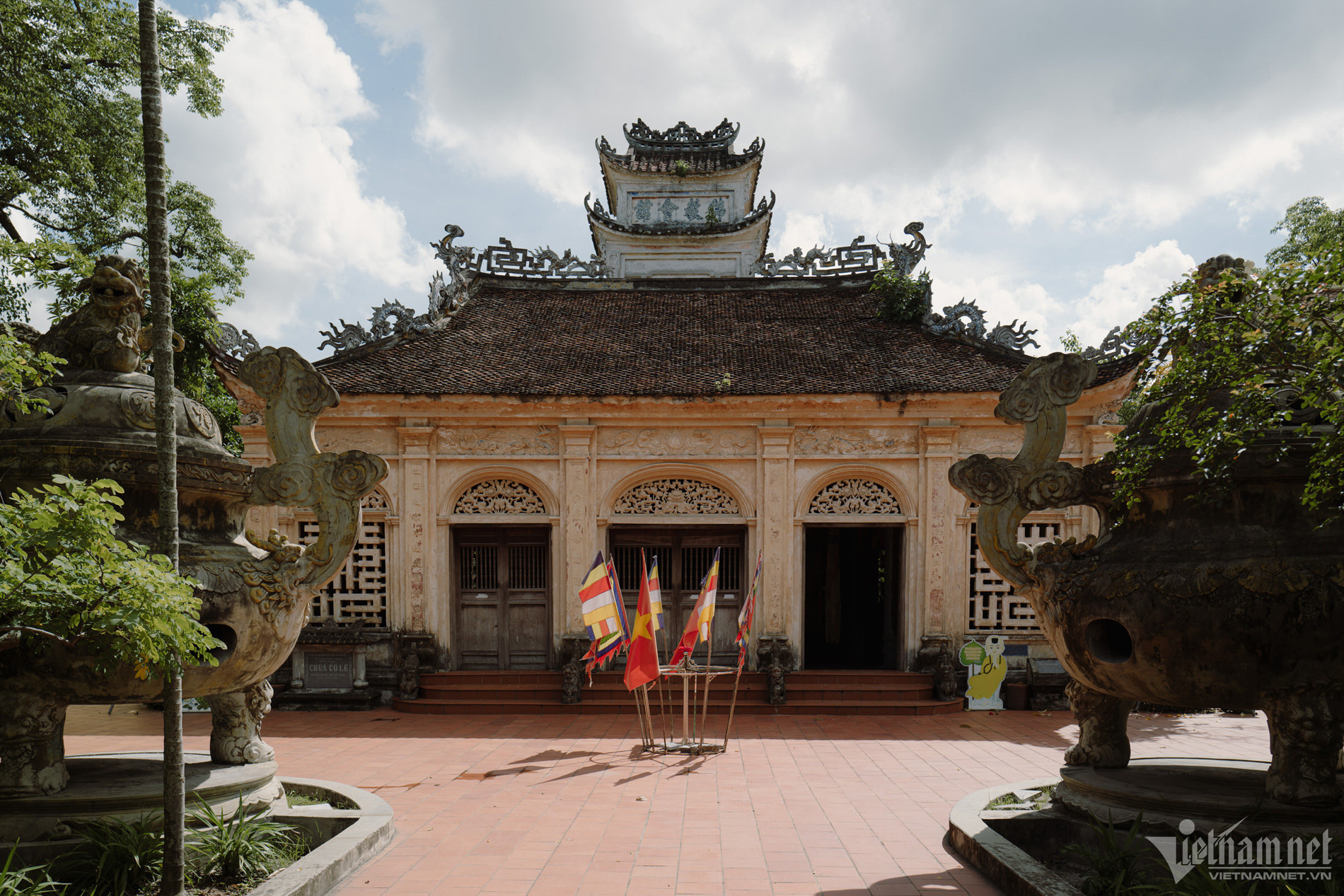
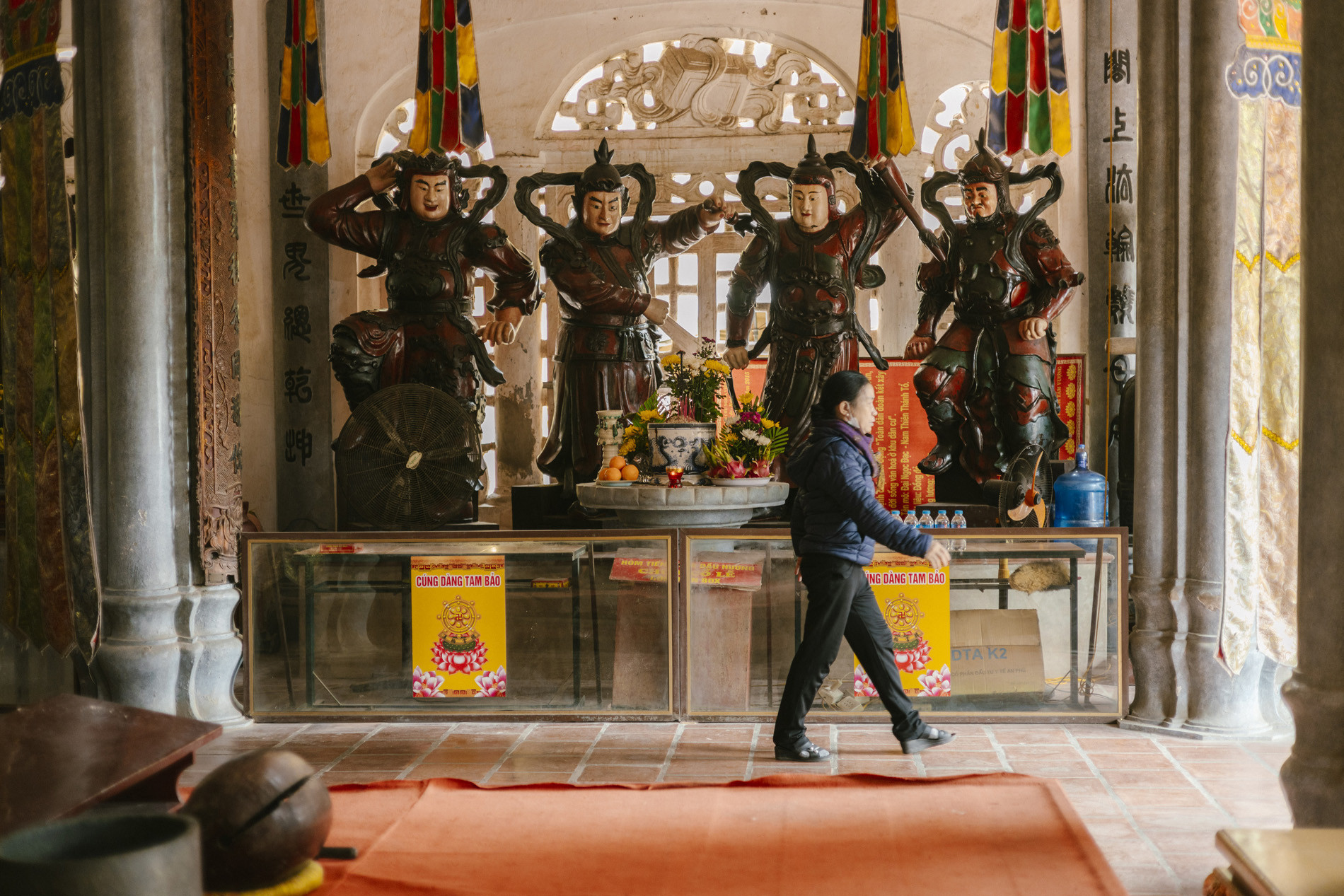

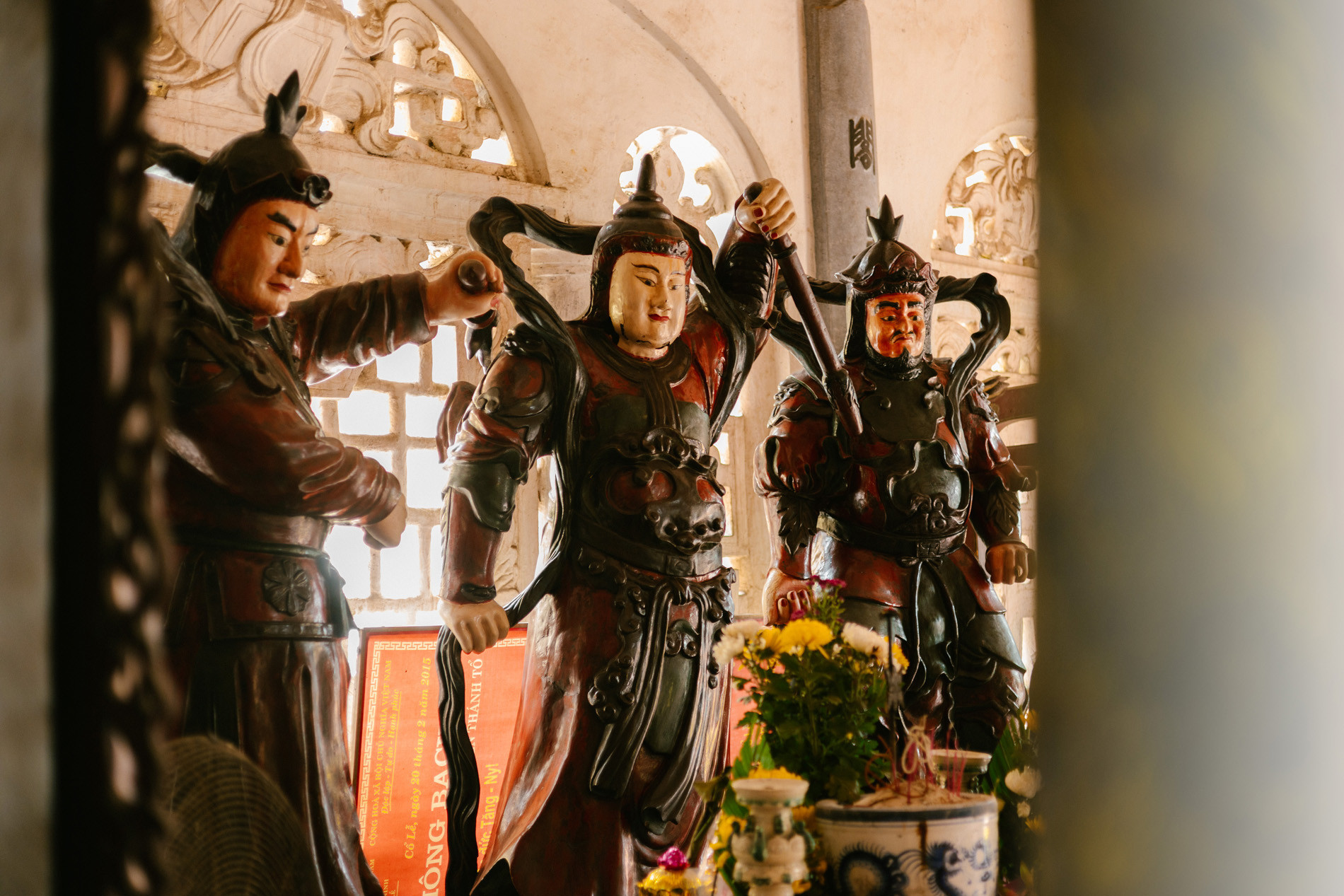
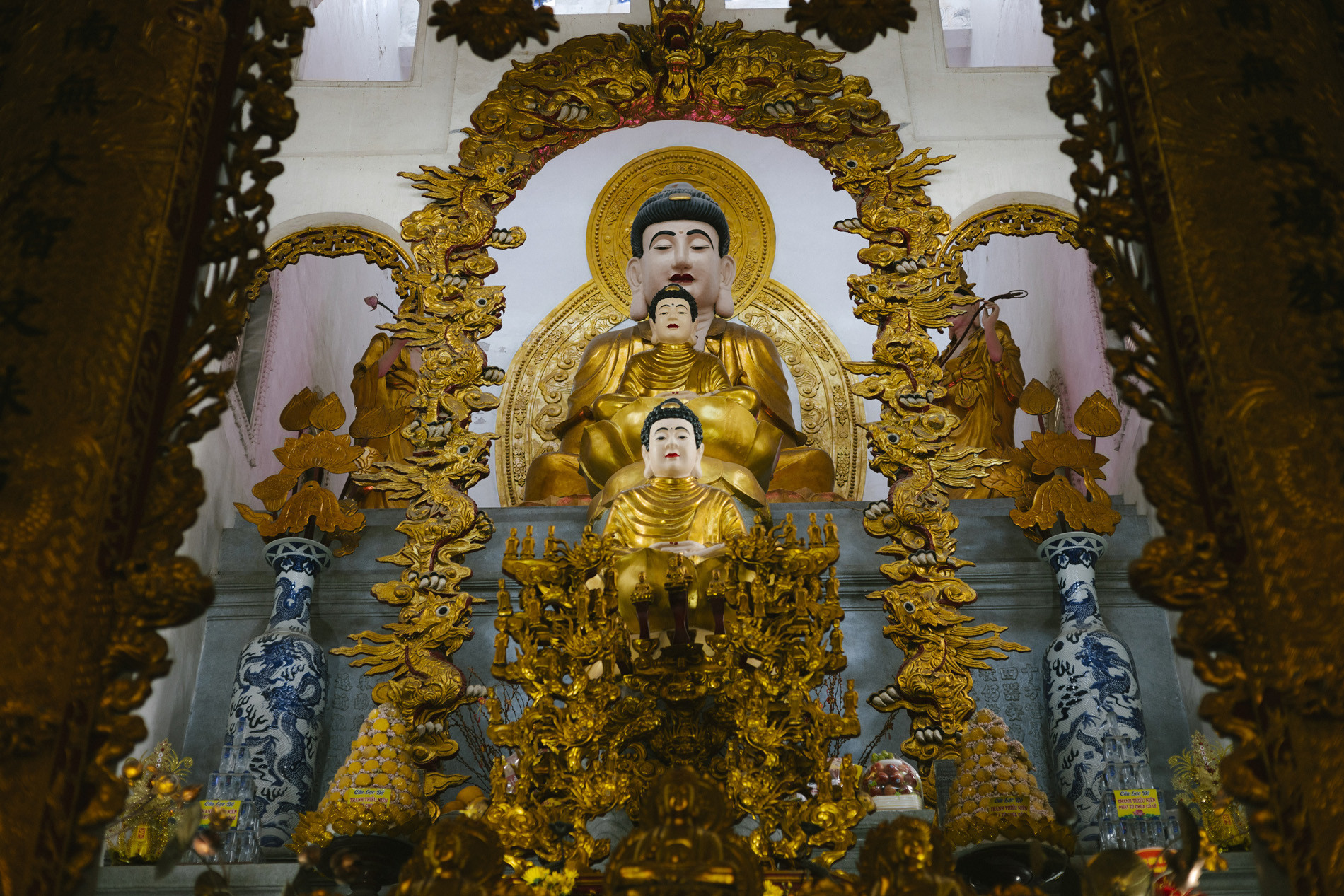
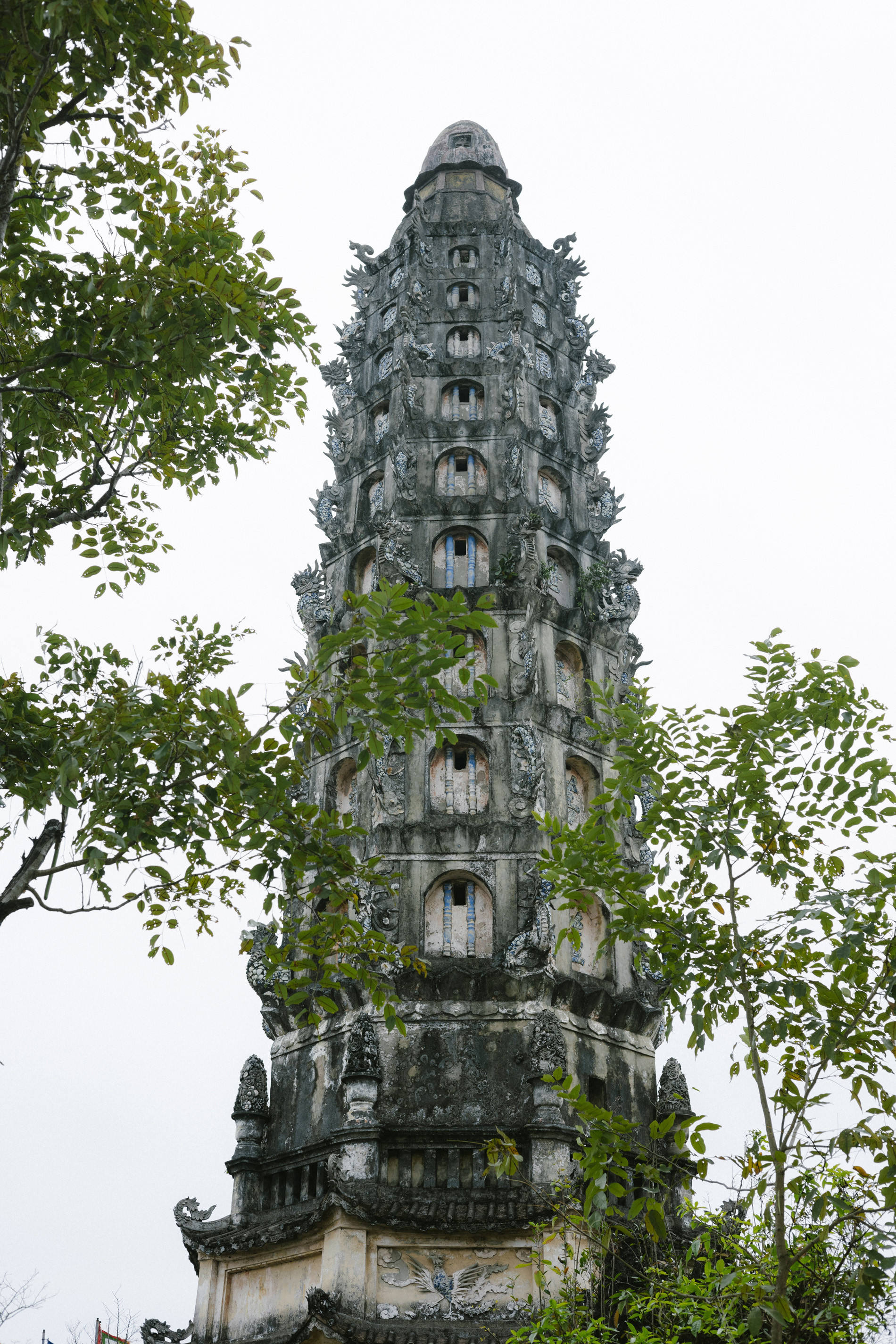
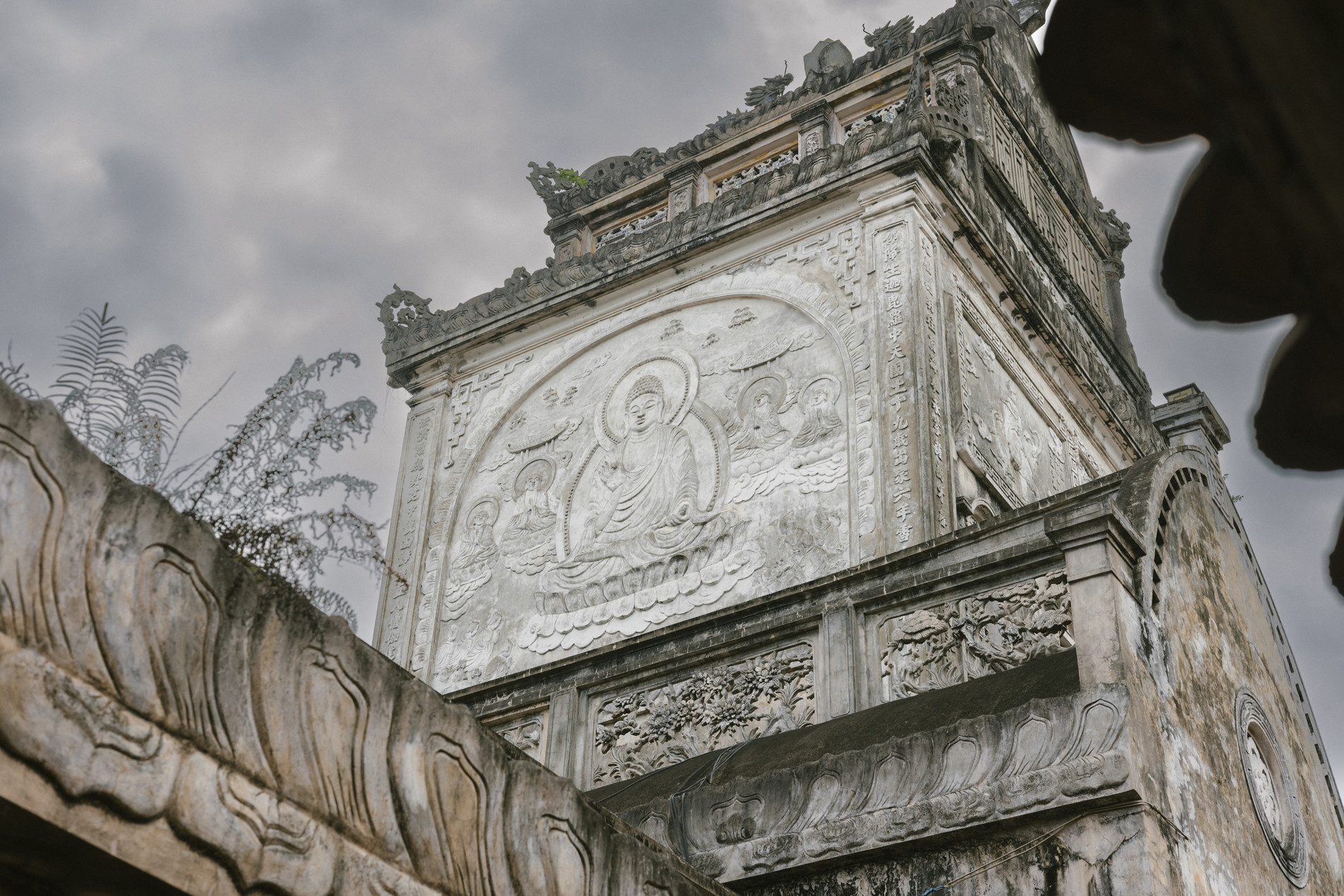
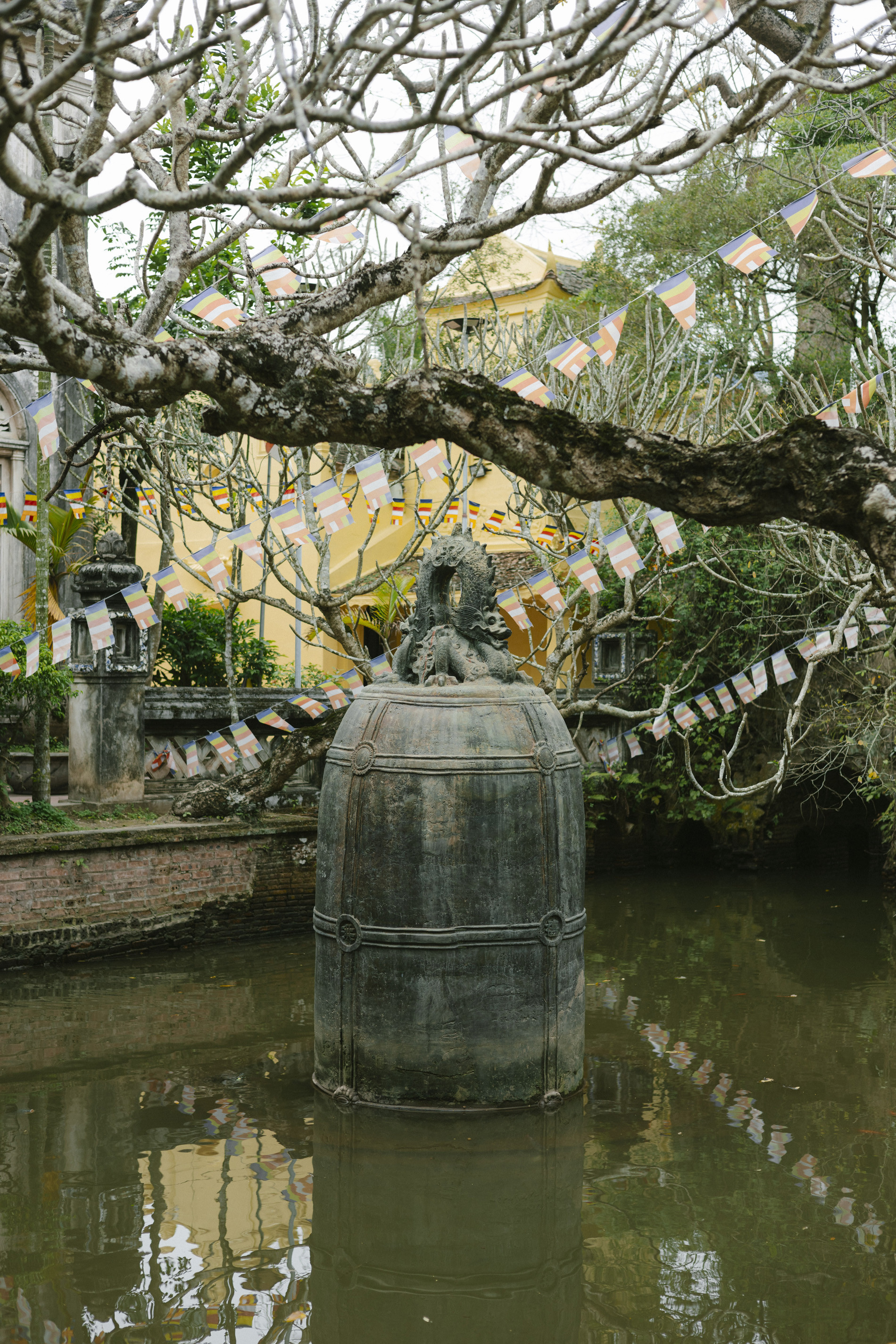
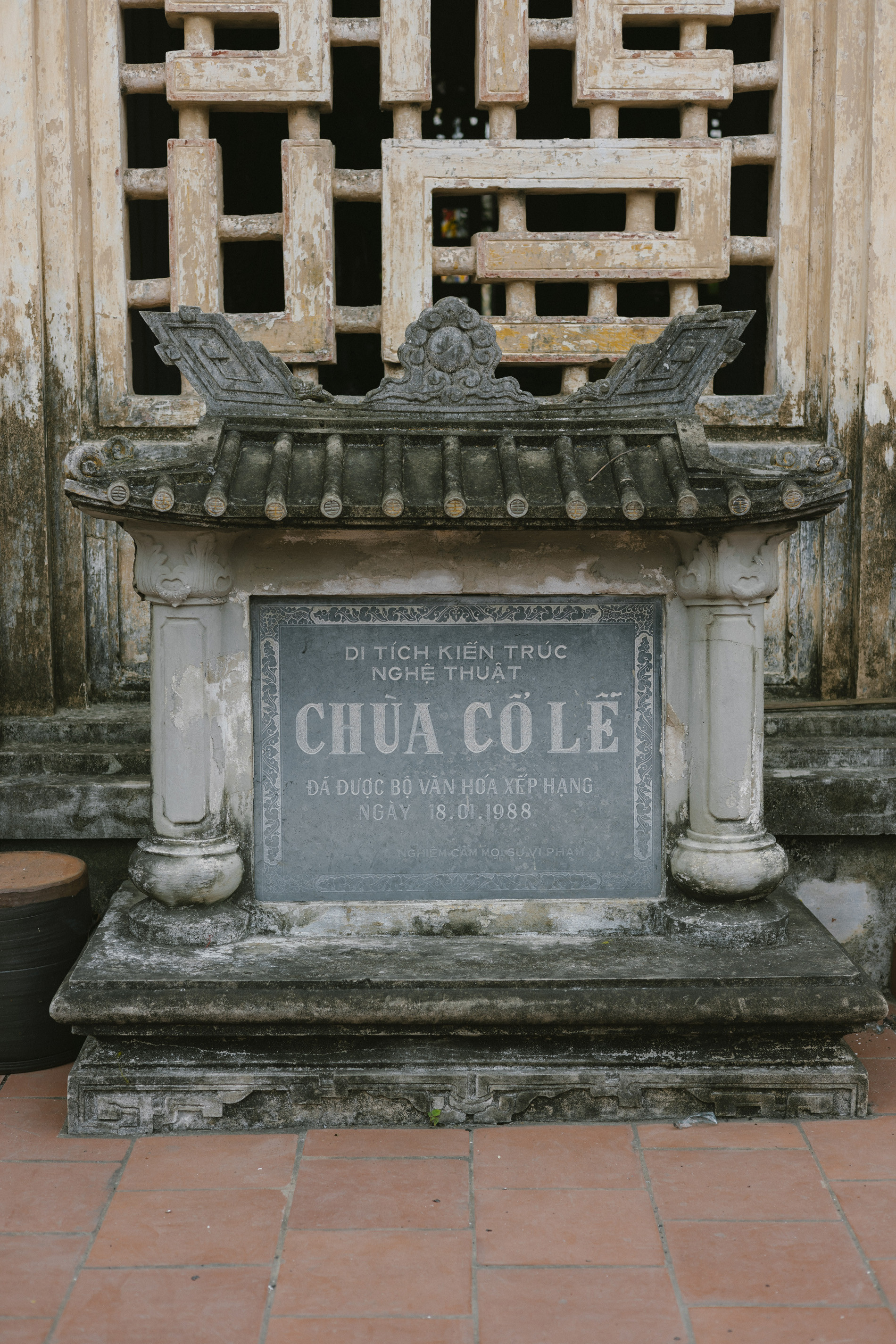
Thao Trinh